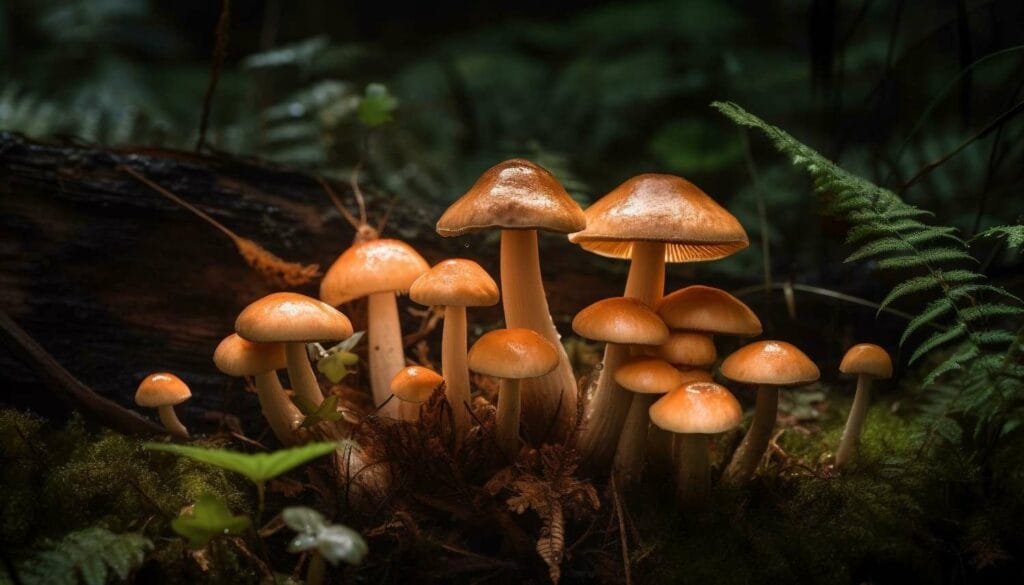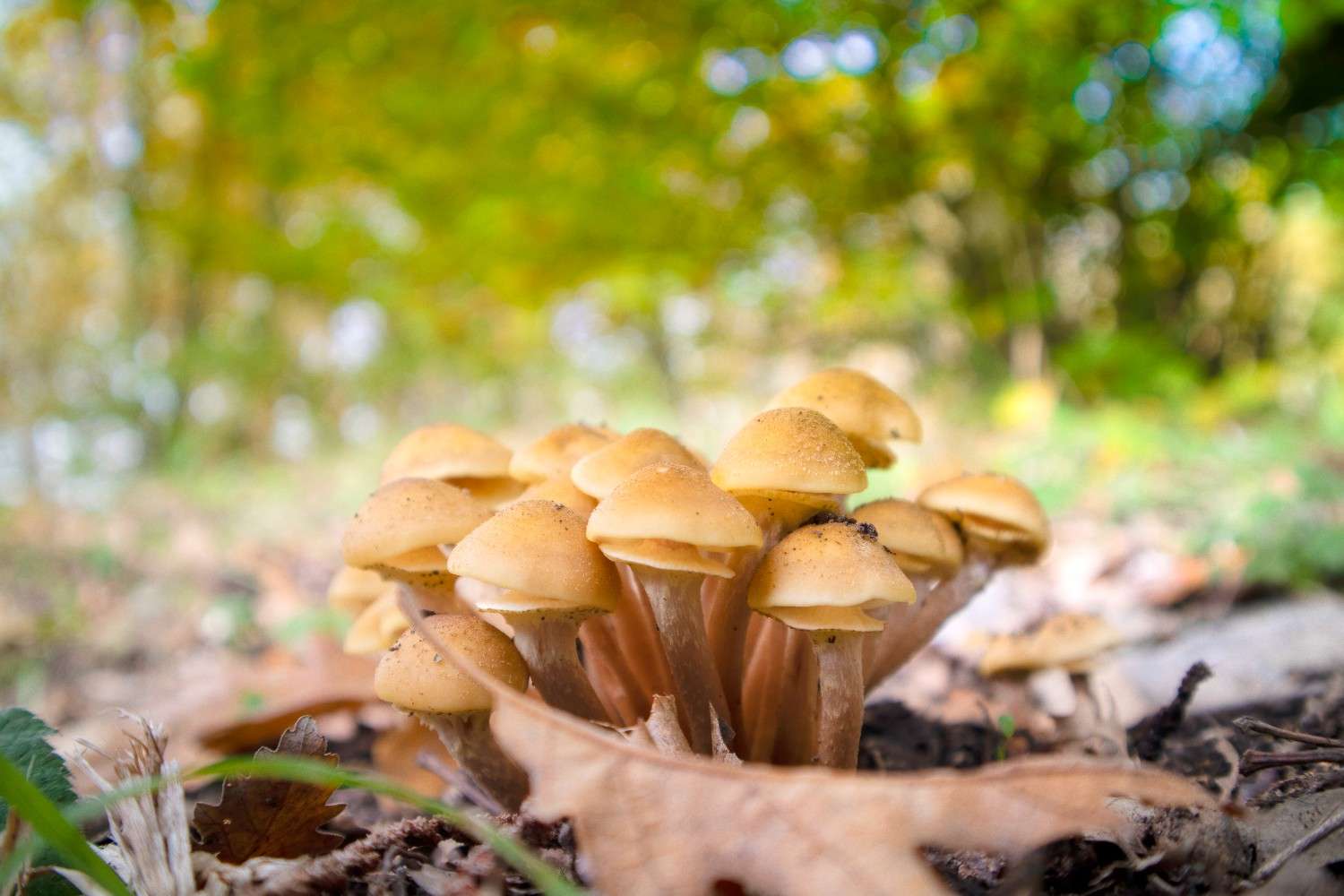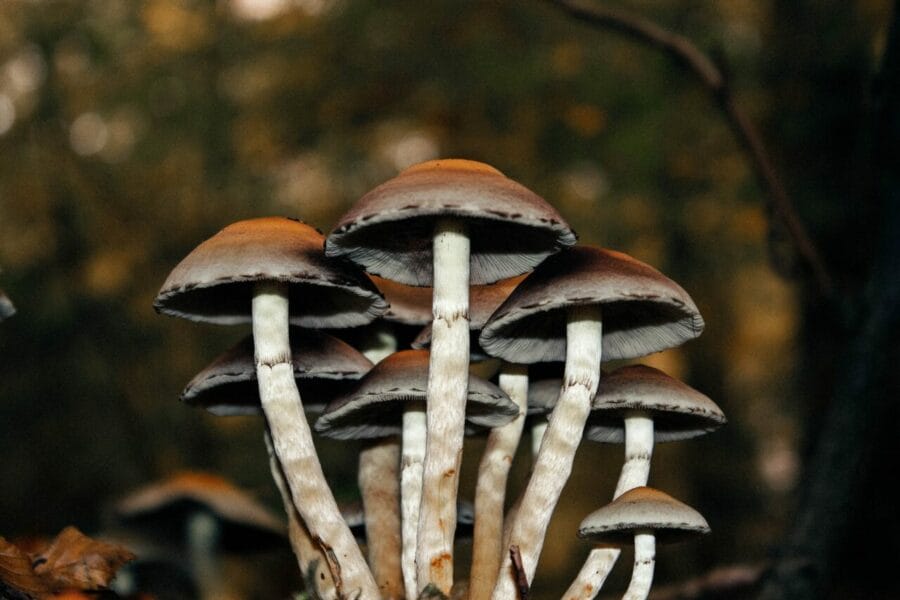Shrooms Canada has recently been thrust into the spotlight, pulling in significant investments for potential medicinal uses, fast-tracking scientific research, and cultivating increased public approval.
Two latest studies emphasize the high status of psilocybin mushrooms as a commonly consumed psychoactive substance.
Eric Leas, an epidemiologist from the University of California, San Diego, noted a 1,250% increase in internet searches related to microdosing since 2015, with psilocybin outdoing LSD in 2019. Moreover, a study by the RAND Corporation indicates that approximately 3% of Americans – about 8 million adults – used psilocybin in the prior year, rendering it the most popular hallucinogen in 2023.
Let’s explore the global interest in shrooms.
[toc]
What Does Microdosing Involve?
Psychedelic microdosing refers to the act of taking a small quantity of a hallucinogenic substance to achieve a positive mental impact without experiencing a full psychedelic trip. This generally means consuming only 10-20% of a dose that would result in a psychoactive effect. The goal is to intake an insignificant amount of a psychedelic substance that doesn’t majorly alter consciousness.
Traditionally, microdoses of magic mushrooms and peyote have been used to soothe physical symptoms and enhance wellbeing. In the 1960s, LSD was added to the list of microdosing substances as people pursued to boost cognitive performance and creativity.
Nowadays, microdosing also includes substances such as MDMA, Ritalin, cannabis, and ketamine, which can cause hallucinations at higher doses but don’t initiate a psychedelic episode when microdosed.
Comparing Microdosing and Full Dose Experiences
| Aspect | Microdosing | Full Dose (Psychedelic) |
| Dosage | 0.1 to 0.3 grams of dried mushrooms | 1 to 3 grams or more of dried mushrooms |
| Frequency | Regular (e.g., every few days) | Occasional |
| Duration of Effects | Least interference with daily activities | Altered perception persists for 4-6 hours |
| Sensory Impact | Hallucinations (misinterpreted or non-real sensory perceptions), intensified emotions and sensory experiences (vivid colors, enhanced sounds), and synesthesia (like “seeing” sounds or “hearing” colors) | Mild sensory alterations, subtle mood and perception boosts, and heightened focus and creativity |
| Physical Impact | Little to no physical effects | Increased energy and heart rate, accompanied by potential nausea |
The Rising Trend of Psilocybin Microdosing
Approximately half of the people who used psilocybin in the last year chose to microdose, a practice highly prevalent among tech industry workers and suburban mothers. Microdosing involves taking a fraction (1/10 to 1/20) of a full dose. The majority of microdosers ingest psilocybin only once or twice a year, with a small fraction (11%) using it more than six times. More than half prefer natural or dried mushrooms, while the rest prefer processed forms like chocolate bars or teas.
The interest in microdosing correlates with legislative changes regarding cannabis and psychedelics. States such as Oregon and Colorado, where plant-based psychedelics have been decriminalized, have shown the most interest in microdosing.
Studies indicate an increase in psilocybin use, particularly in nightlife scenes, where it is becoming as popular as drugs like ecstasy and ketamine. One study estimated that 5.5 million adults used hallucinogens in 2019, noting a significant rise in LSD use.
Key Influences Behind the Growing Microdosing Trend
The RAND survey pinpointed the top three reasons why Canadians engage in psilocybin use:
Enjoyment and Social Engagement
A significant number of Canadians consume these psychedelic mushrooms for pleasure, seeking a unique communal experience. The group dynamics of consuming psilocybin at events or social gatherings adds to its appeal.
Mental Well-being
A sizable portion of users turn to psilocybin for its potential mental health advantages. Indeed, an observational study in Nature-Scientific Reports Trusted Source suggests that microdosing psilocybin mushrooms
Teas with Psilocybin can significantly aid in reducing symptoms of mental health disorders. Studies have found that individuals who microdosed showed improvement in depression, anxiety, and stress symptoms compared to those who did not.
Psilocybin Extracts
Psilocybin extracts provide a concentrated compound assuring a more uniform and precise dosage.
- Method of preparation: Psilocybin is extracted from the mushrooms using solvents such as alcohol.
- Dosage: Extracts are measured in milligrams, ranging from 1 to 10 milligrams per microdose.
- Method of intake: They can be consumed directly, mixed with beverages, or encapsulated.
Psilocybin Edibles
Edibles offer an innovative approach to microdosing by incorporating psilocybin into food products like chocolates, gummies, or other treats.
- Method of preparation: Psilocybin is infused into edible goods during the cooking or manufacturing process.
- Dosage: Each edible contains a set amount of psilocybin, ensuring consistent dosing.
- Method of intake: Enjoyed like any other food item, often with a pleasing taste to mask the mushroom flavor.
Psilocybin Tinctures
Tinctures are liquid extracts that offer flexible dosing and easy absorption.
- Method of preparation: Psilocybin is extracted into an alcohol or glycerin base.
- Dosage: Measured in drops or milliliters, allowing precise control over the amount consumed.
- Method of intake: Delivered under the tongue or mixed into a drink.
Psilocybin Teas
Teas offer a traditional way to consume psilocybin, providing a soothing and tranquil experience.
- Preparation Method: Hot water is infused with dried mushrooms, often along with herbs or flavors for a more palatable taste.
- Dosage: The tea’s strength is determined by the amount of mushrooms used. Common microdoses usually vary between 0.1 to 0.3 grams.
- Consumption: It can be consumed as any other herbal tea.
Options Available at Shrooms Canada
| Product | Type | Dosage | Time to Take Effect | Duration | Effects |
| Trans Envy Magic Mushrooms | Psilocybin Mushrooms | Commonly, 0.1 to 0.3 grams per microdose. | 30-60 minutes | 2-4 hours | Improves mood, causes visual shifts, encourages introspection |
| Kind Stranger – Microdose Capsules | Psilocybin Capsules | 1 capsule corresponds to 250 mg (15 capsules in each bottle). | 30-60 minutes | 2-4 hours | Enhances clarity, creativity, concentration, and stress relief |
Key Insights
The global practice of microdosing psilocybin mushrooms, with Canada leading the way, denotes a significant change in the understanding and use of psychoactive substances. As research continues and regulations adjust, psilocybin’s potential therapeutic benefits could revolutionize the treatment of various mental health conditions and boost overall well-being.
Frequently Asked Questions
What are the Crucial Tips for Microdosing?
- Use an accurate scale if you don’t have a pre-defined dose.
- Take the initial dose on a typical, relaxed day when you feel good.
- Ensure your environment is safe and devoid of interruptions.
- Stick to your selected regimen for a duration of 4-10 weeks.
- Start with a minimal dose and adjust as needed to reach the desired outcome.
- Microdose in the morning to avoid disrupting your sleep cycle.
- For starters, refrain from alcohol and other psychoactive substances. However, CBD could be beneficial.
- Keep a microdosing diary to document dosage, timing, meals, activities, and outcomes.
- Exercise patience and let the protocol gradually take effect.
Grasping the Fadiman Protocol
The Fadiman Protocol, created by psychologist James Fadiman, is a microdosing strategy that recommends taking a microdose on the first day, then taking a two-day break. This cycle is repeated for a duration of 4 to 10 weeks.
The primary aim of this protocol is to maintain a balanced approach to microdosing. It assists in preventing the buildup of tolerance and allows the body to recover between doses. This balance ensures users can continuously enjoy the benefits of microdosing without a decline in its effectiveness over time.
Unraveling the Stamets Stack Protocol
The Stamets Stack Protocol, suggested by mycologist Paul Stamets, advises four consecutive days of dosing, followed by a three-day break. This protocol is unique for its incorporation of supplements like Lion’s Mane mushroom and Niacin.
Lion’s Mane is known for its potential to trigger neurogenesis, while Niacin is used to enhance absorption. Like the Fadiman Protocol, this regimen lasts for 4 to 10 weeks. The combination of substances in the Stamets Stack is designed to boost cognitive function and support overall brain health.
Articles that might interest you:




